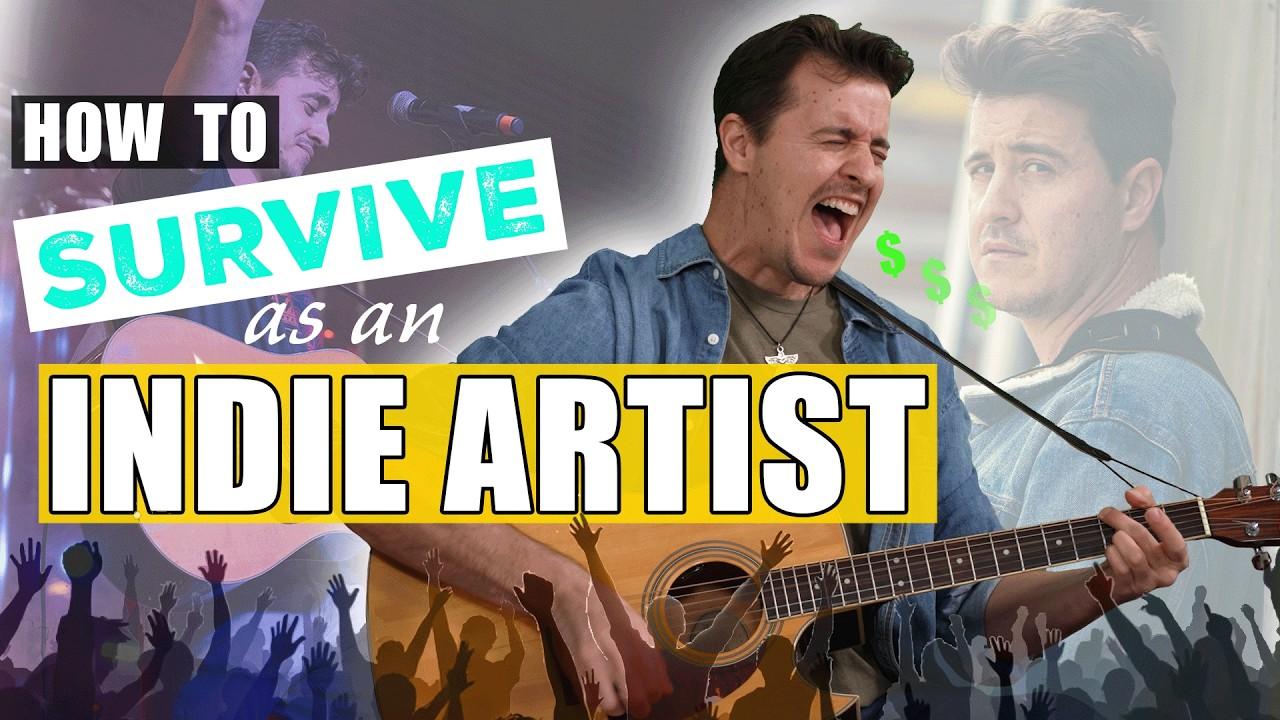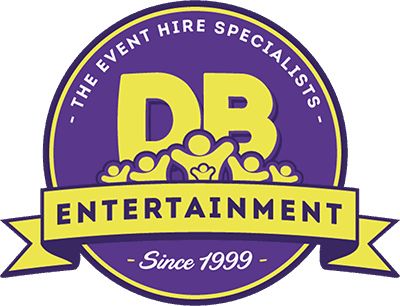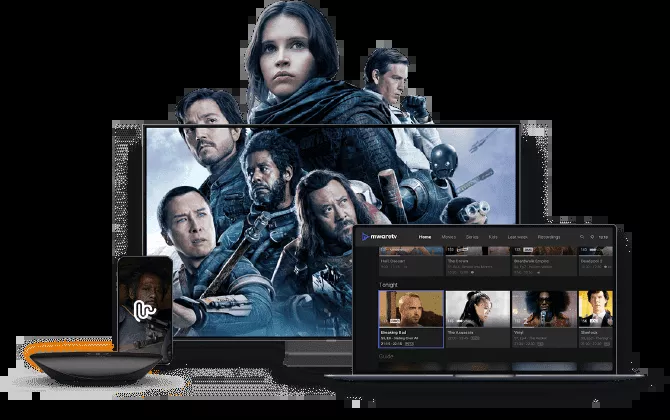You might think of Woodstock ’69 as a beacon of peace and love, but Woodstock ’99 starkly contrasts that ideal, revealing the harsh realities indie musicians face today. While commercial interests overshadowed genuine artistic expression, indie voices struggled to make themselves heard amidst chaos. What does this say about the music landscape now? As indie artists navigate the tricky balance between authenticity and fame, you’re left to wonder if the lessons from that tumultuous weekend still resonate. Indie Music.
The Spirit of Woodstock ’69
The spirit of Woodstock ’69 lives on in the hearts of many who witnessed its iconic moments. You can almost feel the energy of the music, the sense of community, and the commitment to peace that defined that summer of love.
The festival wasn’t just about the music; it was a movement, a celebration of ideals that resonated with the youth of the era. When you think about legendary performances by artists like Jimi Hendrix and Janis Joplin, it’s clear that Woodstock represented something larger than life.
People from all walks of life came together, united by a shared passion for music and rebellion against societal norms. You might remember how attendees embraced one another under the banner of love and freedom, demonstrating that unity could prevail over division.
While the world outside the festival was tumultuous, inside that muddy field, hope reigned supreme.
Woodstock ’69 wasn’t merely an event; it was a declaration of possibilities. It inspired countless musicians to pursue their dreams, encouraging indie artists to redefine their paths and create their own spaces within a growing cultural tapestry.
The legacy of that summer continues to echo in the hearts and minds of indie musicians today.
Chaos and Controversy in 1999
Amidst the lively celebrations of Woodstock ’99, chaos quickly overshadowed the festival’s original ideals. Initially, the atmosphere buzzed with excitement as fans gathered to celebrate music and freedom. However, it didn’t take long for the vibe to sour. The soaring temperatures and notoriously overpriced food and water led to mounting frustrations. You could feel the tension building in the air, especially as the festival’s organizers failed to provide adequate sanitation facilities, leaving attendees struggling with rising discomfort.
As the event progressed, violent incidents broke out, igniting chaos throughout the venue. With reports of sexual assaults, fires, and vandalism flooding in, it became clear that the festival had devolved drastically. You watched as throngs of attendees lost control, tearing down structures and transforming a community space into a battleground.
It wasn’t just a breakdown of order; it was a stark reminder of what Woodstock was never meant to be. The collective disappointment hung in the air, leaving many questioning the festival’s purpose. What should’ve been a powerful musical celebration instead turned into a chaotic spectacle, and the spirit of unity was lost amid the pandemonium.
The Rise of Indie Musicians
Indie musicians began to carve out their own space in the chaos of Woodstock ’99, spotlighting their unique sounds amid the turmoil. While major acts dominated the lineup, indie artists embraced this moment to showcase their authenticity. You’d see them embracing diverse genres, from folk to punk, creating a refreshing contrast to the commercial giants.
As the festival unfolded, many attendees gravitated towards these indie performers, seeking an escape from the noise and drama surrounding them. With their DIY ethos, these artists challenged the mainstream narrative. They represented a burgeoning movement, one that championed freedom in both expression and sound.
You’d notice how they often relied on grassroots support and word-of-mouth marketing, which allowed them to cultivate dedicated fanbases without the backing of major labels. This grassroots spirit thrived in the festival’s environment, where passion and sincerity reigned.
Ultimately, their presence at Woodstock ’99 was more than just a brief moment. It marked a turning point, feeding the appetite for authenticity in music that would continue to resonate long after the festival’s chaos faded. Indie musicians planted seeds for a future where artistic freedom could flourish, escaping the clutches of commercialization.
Commercialization Vs. Authenticity
At Woodstock ’99, the tension between commercialization and authenticity became palpable. You could feel it in the air as major brands flooded the scene, transforming what was once a symbol of counterculture into a corporate spectacle. This shift posed a dilemma for indie musicians like you, who sought genuine connections with fans but found themselves overshadowed by mainstream acts.
When you took the stage, you wanted to express raw emotion, yet the festival’s corporate branding pressed down on you, demanding a polished performance that resonated with sponsors and advertisers. As you watched headlining bands cater to the commercial machine, it became clear: authenticity often clashed with the very essence of achieving success.
You were caught in a paradox where staying true to your roots risked your livelihood. The indie spirit thrived on creative freedom, but this freedom felt stifled in an environment increasingly driven by profit. You began questioning whether it was possible to achieve recognition without sacrificing your identity.
Ultimately, Woodstock ’99 highlighted a critical issue for musicians like you. Navigating the thin line between commercialization and authenticity remains a challenge, one that shapes the future of indie music.
Lessons for Today’s Indie Artists
Learning from the chaotic experience of Woodstock ’99, today’s indie artists can navigate the complex music landscape with renewed insight.
First, prioritize authenticity over sheer commercial success. Fans resonate more with genuine artistic expression than with trends aimed solely at selling records. By staying true to your musical vision, you’ll build a loyal audience that values your work.
Second, embrace collaboration. Woodstock ’99 showcased the power of collective energy, reminding you that partnering with fellow artists can amplify your voice and reach. Seek out opportunities to collaborate on projects or performances, creating a richer musical experience for both your audience and yourself.
Additionally, leverage technology to your advantage. Social media and streaming platforms allow you to connect with fans directly, sidestepping traditional industry barriers. Use these tools to share your journey, engage with followers, and drive grassroots support.
Lastly, don’t shy away from advocacy. Use your platform to speak out on issues you care about; authenticity carries weight. Engage with your community and inspire change, proving that music can be a powerful tool for social impact.
In the end, remember that your unique perspective is your greatest asset.
Conclusion
Woodstock ’99 illustrates the challenges indie musicians face in a commercialized world. While the festival’s chaos highlighted the struggle for authenticity, it also underscored the importance of carving out genuine connections with audiences. As today’s artists navigate a similar landscape, they can learn from this stark contrast between ideals and reality. Embracing their unique voices and staying true to their roots can help them stand out in a sea of commercialization, ensuring their art truly resonates.





